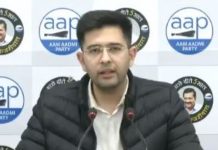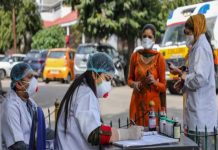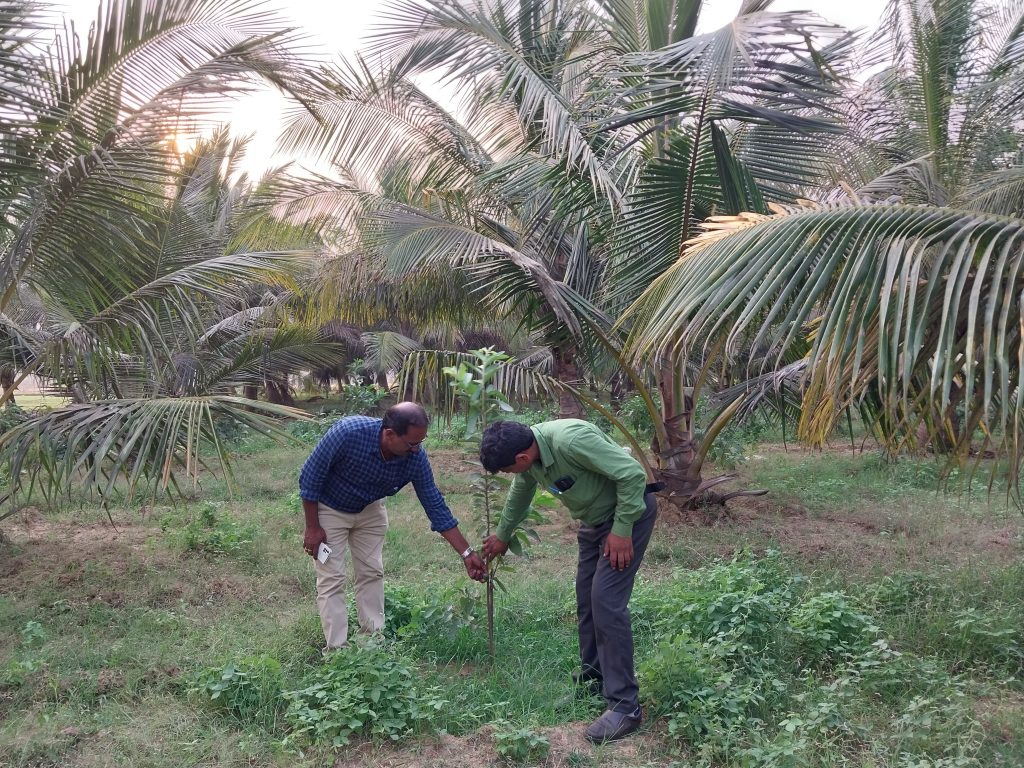
A set of smart practices and technological interventions introduced as part of regenerative agriculture are ensuring that farmers not only reduce water usage but also get access to it. A report by Deepanwita Gita Niyogi
Farmer Ramakrishna Mandala has three acres of land on which he cultivates paddy and maize. While paddy occupies two acres, maize is grown on the rest in both Kharif and Rabi seasons.
Mandala, who is in his forties, resides in Tirupati Palem village of Srikakulam, a coastal district in Andhra Pradesh, highly impacted by extreme weather events like cyclones. To add to problems, in the past 10 years, the rainfall pattern has changed in the region which has made farmers dependent on borewells for irrigation. The farmer has two borewells for watering his land.
As borewells draw out groundwater from aquifers, it is important to conserve and replenish this precious source in a changing climate when more droughts have been predicted. Smart farming practices can help reduce water usage in agriculture.
Prior to 2017, Mandala used to follow traditional farming methods which did not focus on water conservation efforts. A few others, who thought about conserving water, also had no idea about how to go about it.
Since 2017 onwards, thanks to technological interventions introduced by Hyderabad-based non-profit Dr. Reddy’s Foundation, as part of regenerative agriculture, a change took place. By following water-saving techniques, Mandala was able to cover his entire land area of three acres as well as share water with other farmers in his village.
Smart water use
Last year, during a seminar at ICRISAT, which focuses mainly on dryland agriculture, experts discussed the benefits of regenerative farming in view of a changing climate.
One of the most important interventions under regenerative agriculture has been the introduction of direct seeded rice (DSR) which ensures throwing seeds in the field with the multi-crop planter machine. This replaced nursery preparation of growing seedlings and then transplanting them in flooded fields traditionally followed across India.
As DSR does not need standing water in fields, a lot of water is saved. In coastal Andhra Pradesh, paddy is the dominant crop along with maize. Sometimes a third crop such as oilseed is also grown in April. For maize too, direct seed sowing replaced ploughing, thus conserving water. This is being done with the double wheel marker.
Under regenerative agriculture, water usage is an important component, said Suman , associate director-operations, Dr. Reddy’s Foundation.“Apart from reducing water use in agriculture, no ploughing by tractors also saves fuel.”
Currently, regenerative agriculture is on in 24 blocks of Srikakulam and adjoining Vizianagaram districts covering 1560 villages. As part of this, 1200 lead farmers and 21000 fellow farmers have been identified. Lead farmers selected in every village spread the good word and encourage others to follow suit.
Apart from DSR rice, soil moisture conservation in agroforestry set ups is also one of the smartest ways to reduce water usage. As part of it, farmers have introduced fruit trees in traditional coconut orchards. “The aim is to cover the soil and not leave it barren. Farmers also start getting yields from the second year itself and do not have to wait for five years for coconut trees to bear fruits,” said Lakshmi Narasimha Murthy, who works for the non-profit in Srikakulam.
Cover crops in agroforestry improve soil fertility. In Tirupati Palem village of Ranasthalam block, horse gram has been planted as a cover crop in the coconut orchard of farmer Venugopal Velichetti. The farmer has mango, lemon and guava trees in his orchard. Venugopal has 122 plants on 1.4 acres.
Saving a precious resource
Farmer Sathyam Sarika of Neliwada could not cover his entire three acres of land before due to the lack of adequate water. Now, the water level in his borewell has increased within 10 months. This has been possible through borewell recharge which harvests rainwater and sends it back to aquifers through natural filtration. It is another way to reduce water usage. Many farmers who failed to irrigate their lands before due to water shortage now find it easy with this method. This was introduced after due consultation with scientists from the Krishi Vigyan Kendra.
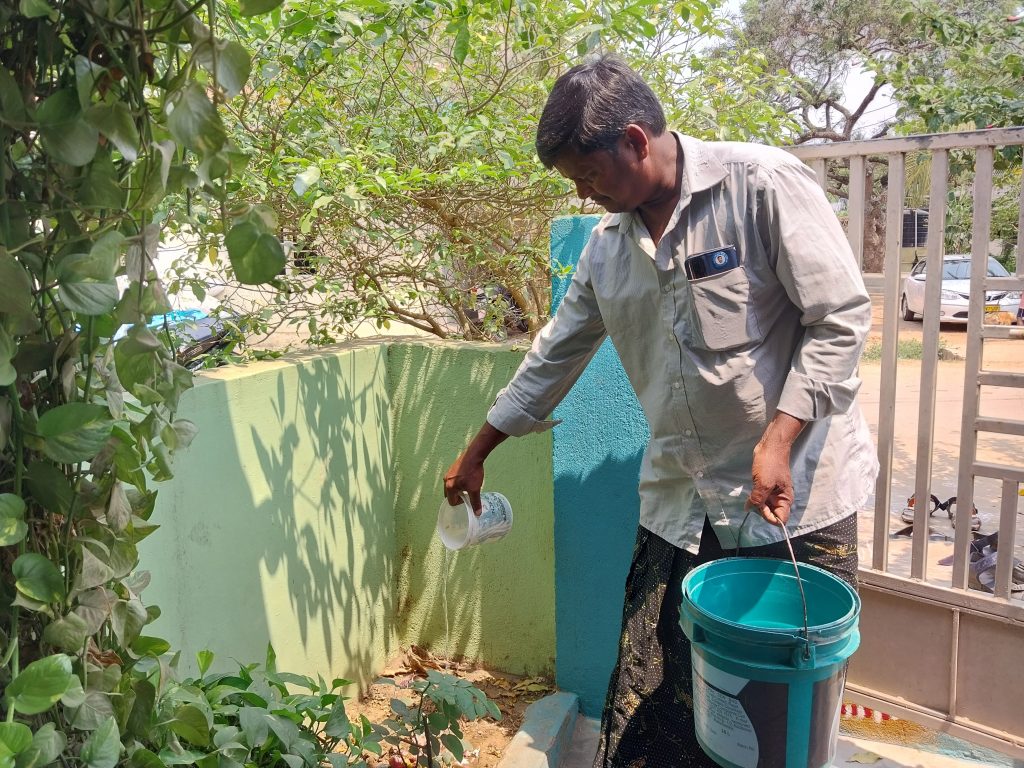
In Neliwada village, lead farmer Simhachalam Pandranki owns about five acres of land. “Farmers try to conserve as much water as possible. DSR rice, borewell recharge and zero tillage in maize conserve water and it can be used for other purposes. Then there is the rain hose technology which irrigates lands quickly, thus saving water.” Rain hose sprays water like rain and helps cover two acres in about two hours.
Across Srikakulam, many farmers have adopted water conservation measures in the face of a changing climate and cyclonic disturbances. They are reaping benefits too. Sanyasirao Reddy, who has three acres of land, does not need to water his fields daily now. In a week, five days are adequate. He is a resident of Venkateshwara Colony village.
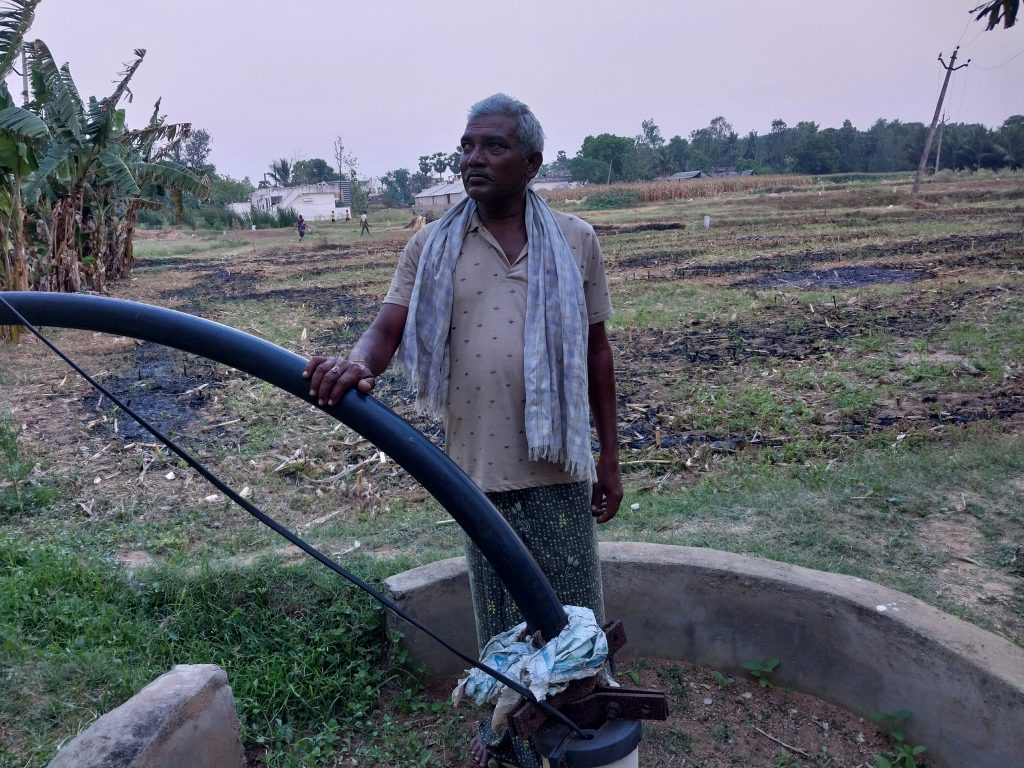
“Regenerative agriculture is all about focusing on soil health and water conservation. While water use is reducing, access to water is increasing with rain hose technology and borewell recharge,” Suman added. According to Murthy, much water used to be wasted in paddy transplantation. But DSR has managed to save water and give increased yields, even in some cases by five quintals more.









